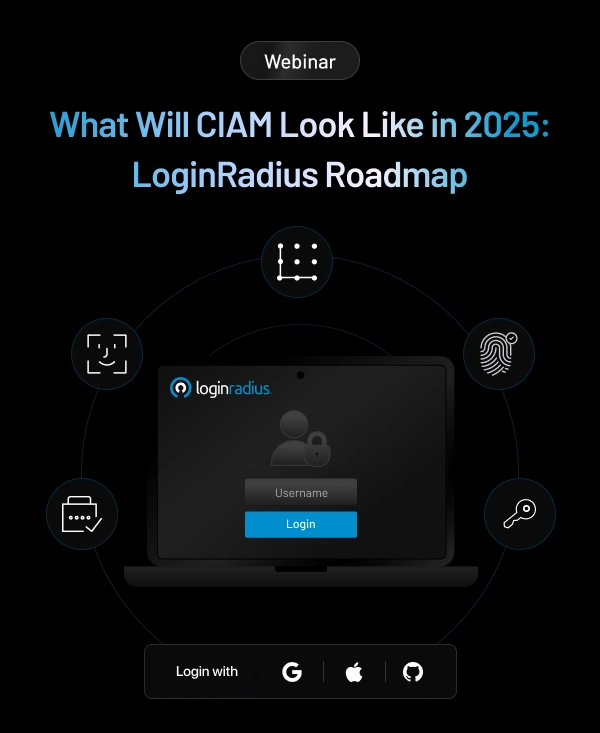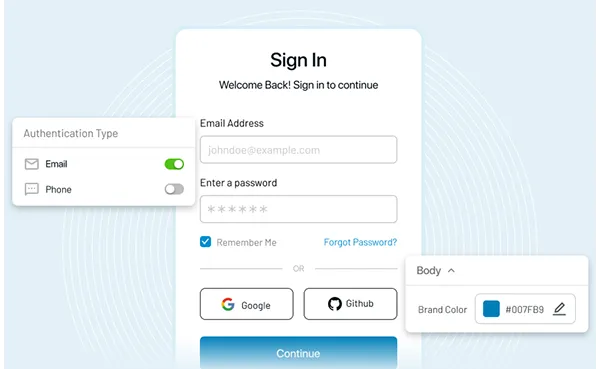Introduction
Cybersecurity best practices aren’t a luxury anymore, especially in a digital era when remote working is swiftly becoming the new normal.
Cybercriminals are always searching for opportunities to exploit sensitive business information or customer data for various reasons, including financial benefits. And hence, businesses must understand and incorporate some essential cybersecurity aspects.
The basics begin with understanding the difference between attack surface and attack vector. Once you know the difference between the two, you’re good to proceed to the next step, i.e., vulnerability management.
Vulnerability management is essential in security, but more is needed. Attack surface and attack vector are two terms that can help you understand where vulnerabilities are most likely to occur, so you can improve your security posture and reduce risk.
Let’s learn the differences between attack surface and vector and how businesses can reinforce their security structure.
Attack Surface vs. Attack Vector - What is the Difference?
There are many ways that hackers can gain access to your network and steal data, but one of the most common is through a vulnerability. A vulnerability is a weakness in a system or application that allows an attacker to bypass security controls and execute malicious code.
While these vulnerabilities can take on many forms, there are two main types: attack surface and vector. While both are important to understand, it’s important to note that they are not interchangeable terms.
Attack surface refers to the number of points along an attack path that could potentially be vulnerable. If a bad actor has to take multiple steps before reaching your data or an endpoint, it is more difficult for them to succeed in their attacks.
When assessing how secure your organization is against cyber threats, consider how many ways attackers can enter your system—and what those entry points might be.
Attack vectors are specific types of threats that enter through those points of entry: they're things like malicious websites or email phishing scams that try to trick people into clicking on links or opening attachments, which allows malware onto devices or networks.
Attack Surface Access Points
The surface access points are all the possible access points that cybercriminals can use to enter your system and exploit your data. Some of the common surface access points include:
- APIs (Application Programming Interfaces)
The client-side applications, including mobile and web applications, directly communicate with the application's server-side through a smart API. And a little loophole in designing, developing, and testing the APIs could leave an entry gateway for bad actors. Hence, brands must ensure robust security while configuring and deploying APIs.
- Networks
All network interaction points can be pretty vulnerable to cyberattacks. These include WiFi, IoT, remote access, clouds, servers, and VPNs. Ensuring stringent authentication security at every level within a network could mitigate the associated risks.
- Users/Employees and Devices
Targeting employees and users and their devices is one of the most common ways hackers attack an enterprise to exploit sensitive information. Cybercriminals are always hunting for user/employee credentials and other ways to steal personal details from corporate devices.
Attack Vector Access Points
The list goes endless regarding the number of attack vector access points. Here are some of the most common attack vectors:
- Phishing Attacks
Phishing attacks are targeted attacks in which cybercriminals use social engineering tricks to access credentials and other important information. These attacks can be minimized by ensuring your employees/users are provided with frequent training on cybersecurity hygiene.
- Credential Stuffing
Credential stuffing is an automated injection of usernames and passwords already compromised in pairs to gain access to accounts. Attackers use the hit-and-trial methodology to access an account with compromised passwords.
- Brute-Force Attacks
If a user/employee compromises their credentials, fraudsters will exploit the same to gain access to the business network. Brute force attacks cause losses worth millions of dollars every year.
Final Thoughts
Choosing a robust security mechanism is essential to overall security hygiene within an organization. However, knowing the fundamental differences between attack surface and vector makes all the difference.
Once a business knows potential threat vectors, it can deploy stringent authentication security mechanisms to mitigate the risks.
















